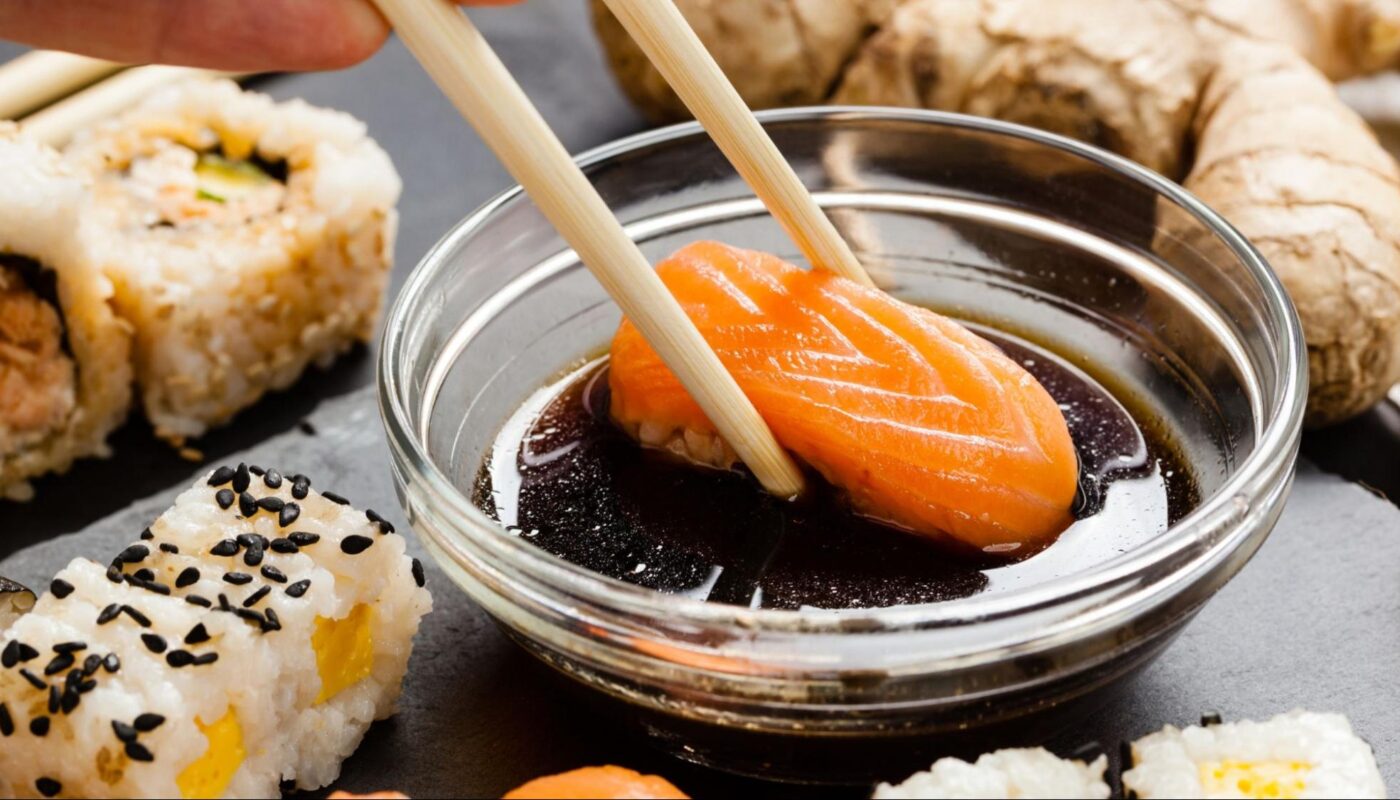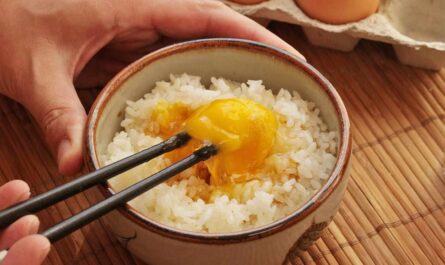If you think sushi always requires seaweed, think again! Our delightful and intriguing sushi recipe without seaweed will prove that you can enjoy all the delicious flavors and textures of sushi without this common ingredient. Perfect for those who are not fans of seaweed or have dietary restrictions, this recipe offers an exciting twist on traditional sushi while preserving the essence of this beloved Japanese cuisine.

Uncovering the Glory of Sushi Without Seaweed
Sushi is often synonymous with the taste of the ocean, largely because of its seaweed wrapping, known as nori. However, modern culinary creations allow us to reinterpret traditional dishes in ways that cater to various preferences without compromising taste. Our sushi recipe without seaweed employs fresh, wholesome ingredients meticulously assembled to mirror the classic experience but with a refreshing edge.
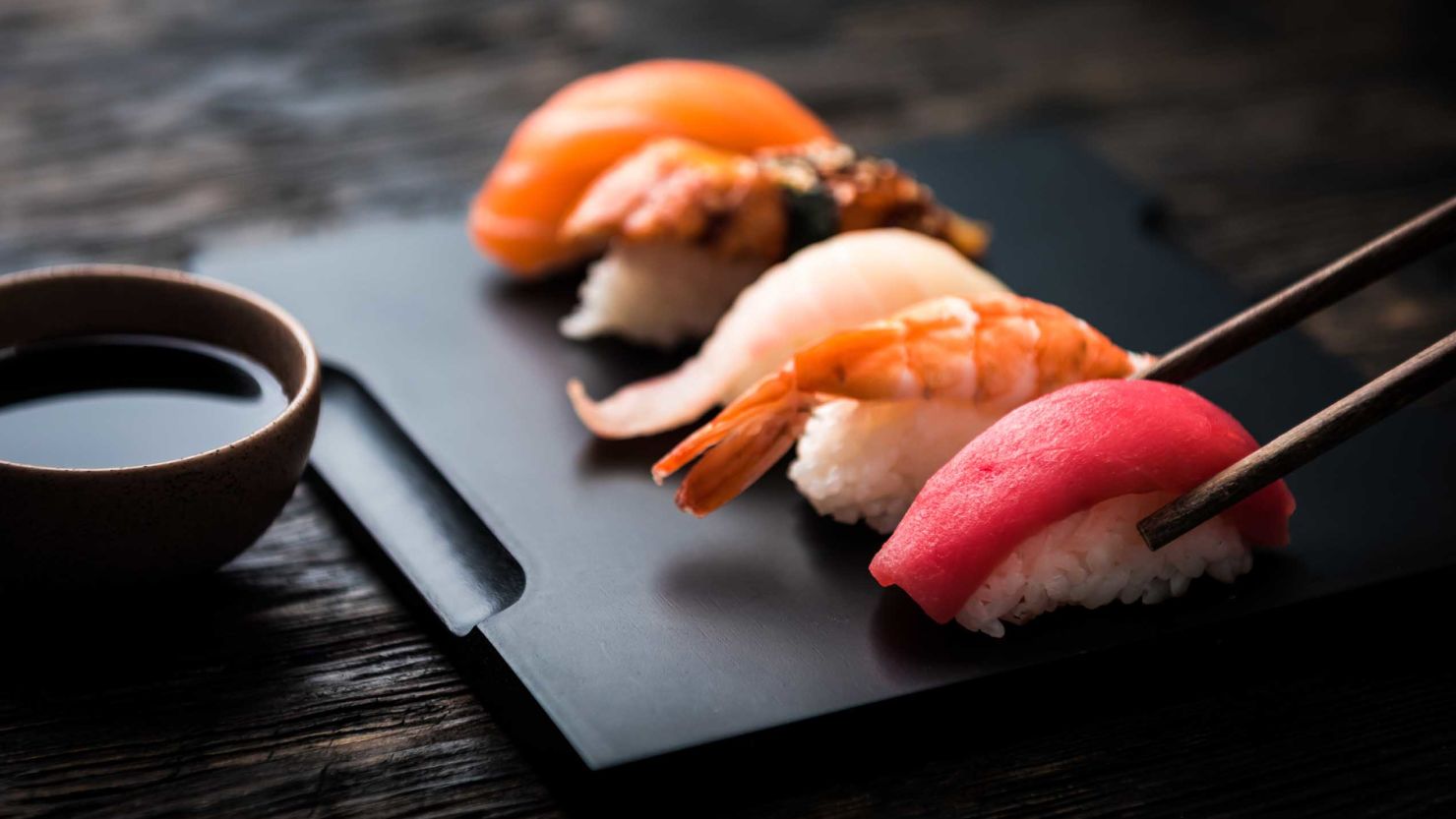
Ingredients and Tools You’ll Need
Making sushi at home is much simpler than it seems. To get started, youll need a few essential ingredients and tools. Lets delve into the specifics:
Ingredients
- 2 cups of sushi rice
- 2 cups of water
- cup of rice vinegar
- 3 tablespoon of sugar
- 1 teaspoon of salt
- Fresh ingredients for filling: cucumber, avocado, cooked shrimp, imitation crab, etc.
- Fresh basil leaves or soy wrappers for substitution
Tools
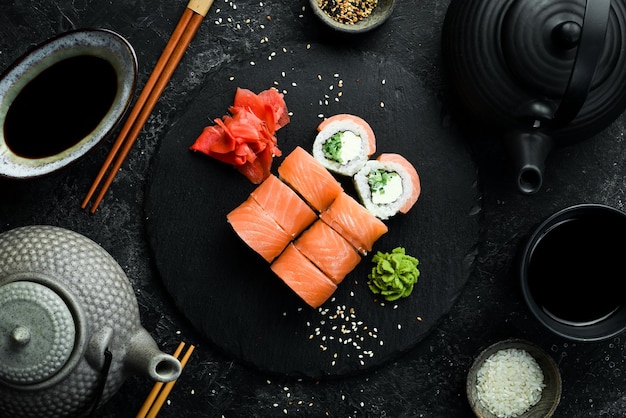
Preparing the Sushi Rice
The foundation of any great sushi is perfectly prepared rice. Lets take a deep dive into crafting impeccable sushi rice:
Start by rinsing 2 cups of sushi rice thoroughly under cold water using a strainer. The objective is to remove excess starch, which will ensure that each grain remains distinct. Continue rinsing until the water runs clear. Transfer the rinsed rice into a rice cooker and add 2 cups of water. Let the rice soak for about 30 minutes before starting the cooker.
Once the rice is cooked, allow it to rest for around 10 minutes. Meanwhile, mix cup of rice vinegar, 3 tablespoon of sugar, and 1 teaspoon of salt in a small saucepan over low heat until the sugar and salt dissolve completely. Pour this mixture over the rice and fluff gently with a wooden paddle or spatula. Set aside the seasoned rice to cool to room temperature.
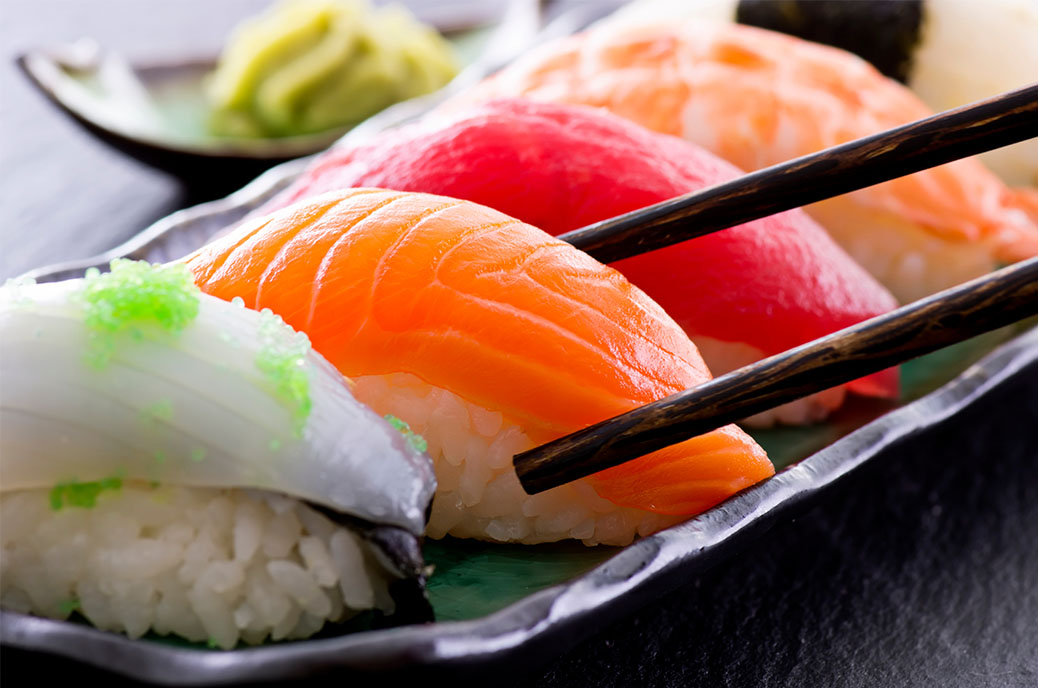
Alternative Wrappings: Beyond Seaweed
Typically, sushi is wrapped in nori, but since were creating a sushi recipe without seaweed, we explore some delectable alternatives:
Fresh Basil Leaves
Fresh basil leaves impart an aromatic and slightly peppery flavor that pairs wonderfully with sushi fillings. Select large basil leaves that can effectively wrap the ingredients. This substitution not only enhances the flavor but also adds vibrant green color, making the sushi visually appealing.
Soy Wrappers
Soy wrappers, available in diverse colors, provide a perfect alternative to seaweed. Made from soybean, these wrappers are pliable and taste mild, allowing the fillings flavors to shine.
Crafting Your Sushi Rolls
Rolling sushi without seaweed is a creative and enjoyable process. Enlist your sushi making kit and follow these steps:
Step-by-Step Guide
1. **Lay Your Wrapping**: Place the fresh basil leaves or soy wrappers on your cutting board.
2. **Spread the Rice**: Gently spread an even layer of seasoned sushi rice over the wrapping, pressing down to ensure it sticks.
3. **Add Fillings**: Align your choice of fresh fillings, such as cucumber, avocado, shrimp, or imitation crab, along the center of the rice.
4. **Roll It Up**: Start rolling the sushi tightly from one end, carefully folding in the sides as you go. If using basil leaves, overlap them slightly to secure the roll.
5. **Slice and Serve**: Once rolled, use a sharp sushi knife to slice the roll into bite-sized pieces. Serve with soy sauce, pickled ginger, and wasabi.
Tips and Tricks for Perfect Sushi
Creating sushi can be as much an art as a science. Here are some invaluable tips to ensure your sushi-making adventure is successful:
1. Quality Over Quantity
Using fresh, high-quality ingredients is crucial for the best sushi. Fresh vegetables, well-cooked seafood, and precisely seasoned rice will elevate your rolls.
2. Moisture Control
When working with your chosen wrappers, especially basil leaves, keeping them slightly damp prevents tearing during the rolling process.
3. Keep It Simple
Don’t overload your rolls with too many fillings. A balanced combination ensures each bite is flavorful and manageable.
Pairing Your Sushi
Distinguish your sushi dining experience by pairing it with complementary dishes. Here are a few pairing suggestions:
Miso Soup
A warm bowl of miso soup serves as an excellent contrast to the chilled sushi rolls, enhancing the overall meals enjoyment.
Japanese Pickles
Pickled vegetables, such as daikon radish or cucumber, offer a tangy counterpoint that refreshes the palate between sushi bites.
Green Tea
Traditional Japanese green tea cleanses the palate and complements the subtle flavors of sushi.
Conclusion
Our sushi recipe without seaweed is a testament to the flexibility of this beloved culinary tradition. By exploring alternative ingredients and innovative techniques, anyone can enjoy the delicious world of sushi. Whether youre hosting a dinner party or simply seeking a fun cooking project, this recipe offers a delightful and satisfying experience.
Ready to dive deeper into the world of sushi? Check out more creative recipes like our Deep-Fried Sushi Roll and Lobster Roll Sushi. Happy sushi-making!
Cookware Cleaner | Cutting Board Oil
As an Amazon Associate, I earn from qualifying purchases.
——————————————————————————————————–
Disclosure: This post contains affiliate links. As an Amazon Associate I earn from qualifying purchases, but there will be no extra charges to you. Thank you for your support!

